There have been many memorable years in Wrexham’s history.1463, and the great fire which destroyed so much of the town and the original church; 1643, another fire and Cromwell’s troops occupy the town; 1715, and the terrible anti-Dissenter Sacheverell riots; 1857, and the town receives its borough charter; 1864, and Wrexham AFC formed.
But then came 1876 – and 1876 was indeed, for Wrexham, our annus mirabilis.
February: Establishing the Football Association of Wales
Apart from anything else, as Wrexham AFC make the headlines so often, it’s worth noting this one. The founding of the Football Association of Wales in February 1876 at the Wynnstay Hotel in Wrexham. The constitution was confirmed a few months later – also at the Wynnstay Arms, but this time the Wynnstay in Ruabon.
April: Wrexham’s New Cemetery
The elegant new cemetery on Ruabon Road was opened for burials in April 1876 in the face of entrenched opposition from some councillors to what they viewed as an unnecessary burden on the borough ratepayers.
The layout of the cemetery was designed by Yeaman Strachan who, later in the year, would play such a big part in some of the other events. Strachan was a nurseryman and seedsman, as well as a later Mayor of Wrexham (Strachan’s nurseries are now the site of the city’s Royal Mail Delivery Office). Originally consisting of ten acres immediately to the rear of the cemetery chapel, the cemetery was designed as a ‘garden cemetery’ for the passive recreation of the people of the Borough.
The first burial, in Apirl, was a little girl (aged just eleven), Ethel Prichard, who had died on 30th March. The family headstone is ornate and suggest they must have been wealthy.
The cemetery itself, however, and its twin chapels, (one for worshippers of the Anglican Church and the other for Nonconformists), weren’t consecrated until Monday 3rd July, with another exceptional event and impressive celebratory dinner, at both of which the Bishop of St. Asaph officiated. So the first “official” burial, Monday 24th July, according to the Wrexham Guardian on the following Saturday, was for Jane Roberts, of Abbot Street, Wrexham.
April: The Circus Comes to Town. In fact, the circus came to town almost every year but, once again, in 1876 it was something of a special event. W & G Pinder’s Grand Continental Circus. Grand processions through the streets, then a spacious marquee on a field close to the Beast Market. Attendances which exceeded even standing room. Outstanding horsemanship and acrobatic performances.
July: The First Flower Show in Ten Years
This was the year, also, when the Wrexham Horticultural Society – having apparently lain dormant for ten years – made a spectacular come-back with its Wrexham Flower Show.
July until November: A Remarkable Art Treasures Exhibition
And then, just a few days later, on Saturday 29th July, the grand opening of the Art Treasures Exhibition of North Wales and the Border Counties. It would run right through until November and attract 80,000 visitors to a specially constructed pavilion on what is now Argyle Street.
More than 1,000 paintings. Entire galleries of antiquities and other works of art. All this and an industrial annexe too, displaying all the crafts and trades for which the town was famous. Among the exhibits, the remarkable Wrexham Tailor’s coverlet.
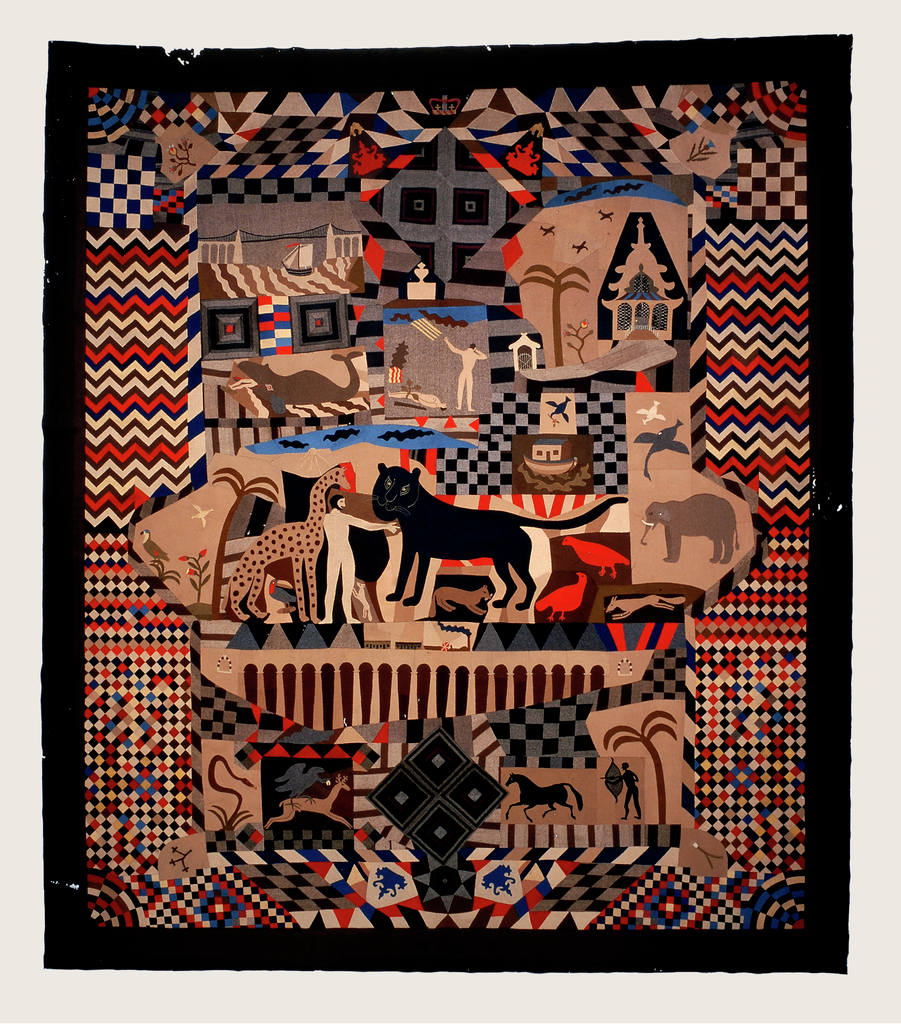
Now normally housed at the St. Fagans National Museum of History in Cardiff, it was fashioned by Wrexham tailor, James Williams, took over ten years to complete and made its first public appearance at the exhibition. 4,525 pieces of coloured woollen cloth. The design includes scenes from the Bible, landmarks of 19th century Wales including images of the Menai Suspension Bridge, as well as Cefn Viaduct at Cefn Mawr.
It is, of course, the item which inspired the title to my twelfth novel, Blood Among The Threads.
But the exhibition offered far more than just the exhibits. Open from 10:00 every morning until 10:00 each night. Concerts right through the day and evening. Food and drink.
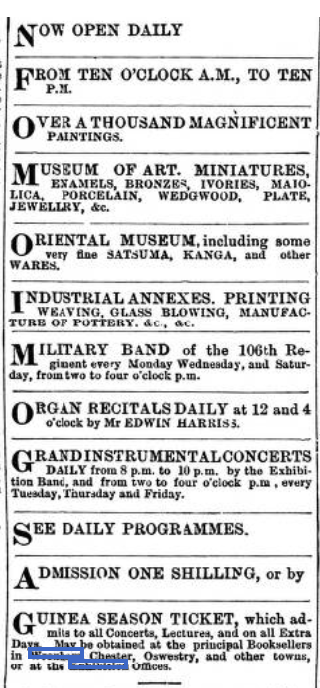
The Commemorative Medallion
Such was the prestige of the exhibition that the organisers arranged for a special commemorative medallion to be struck, designed by George T. Morgan, described in newspaper reports of the day as a ‘rising medallist’. It seems that a bronze version of the medal was presented to all the exhibition’s guarantors and contributors.
The Town’s Leading Lights
The leading players in bringing the exhibition to Wrexham included Hugh Grosvenor, the first Duke of Westminster; Sir Watkin Williams Wynn, 6th Baronet and popularly known for his wealth and influence as “the King of Wales”; Major William Cornwallis West, Lord Lieutenant of Denbighshire; and major sponsors like William Ewart Gladstone, Lord Penrhyn and Sir Robert Cunliffe. But maybe a special mention for William Low of Roseneath House, a famous engineer and one-time Channel Tunnel developer whose Westminster Building on Wrexham’s Regent Street, with its Argyle Arch, provided the entrance to the exhibition itself.
August: Wrexham’s First National Eisteddfod
As if this wasn’t enough, these were also some of the main players involved in helping to bring the National Eisteddfod to Wrexham for the first time. From Tuesday 22nd August until Friday 25th. The Gorsedd meetings were arranged, once again, in tents erected on the Grosvenor Road fields. The main events, however, took place in a specially erected pavilion on the open ground, then adjacent to St. Mark’s Church.
This was a memorable and poignant Eisteddfod. The winner of the Bardic Chair, Taliesin o Eifion (Thomas Jones, from Llangollen) had submitted his poem, an awdl, but had then died on 1st June. The Bardic Chair therefore had to be awarded posthumously and, on the Eisteddfod stage, it was draped in black. He is therefore remembered as Bardd y Gadair Ddu (The Bard of the Black Chair).
New Buildings
There was something of a building bonanza in Wrexham during 1876 as well. Among many others, a couple of favourites which are still with us.
First, Westminster Building. As it happens, it had been built by William Low (mentioned above) and still stands on Regent Street. Low built the place so that the rental income of its various shops, office premises and apartments might provide a dowry for his oldest daughter Alison. Low was a Scot, from Argyllshire, and the edifice was more commonly known as Argyle Buildings, the street behind, Argyle Street. As we’ve said above, its archway provided the entrance to the Art Treasures Exhibition.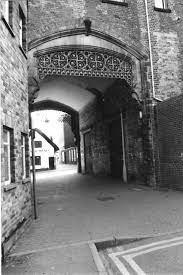
Second, the Baptist Chapel on Chester Street. Wrexham has been home to a Baptist community from the late 17th Century. And there’d been a Baptist chapel at this location since 1762, but the present building dates from 1876.
November: Wrexham’s First Tramway
Throughout 1876, there had been construction and engineering work taking place on the roads around the town’s outskirts. Tracks being laid – narrow gauge tracks – for Wrexham’s first horse-drawn tram system. It was completed and opened to great acclaim on 1st November, though it was initially only possible to use the section between Johnstown and the tollgate on the south side of town. When the tollgate was later removed, the line ran right into the centre.
All this and much more. A year that would, literally, be a gift for any historical fiction author – the gift which contributed so much to Blood Among The Threads.
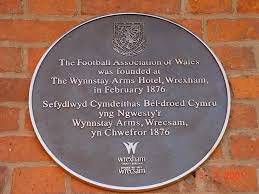
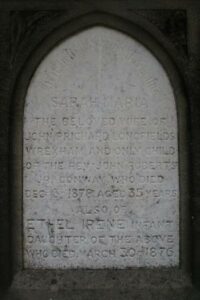
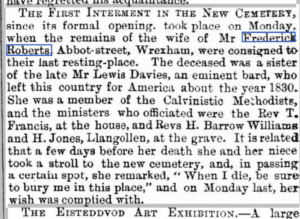
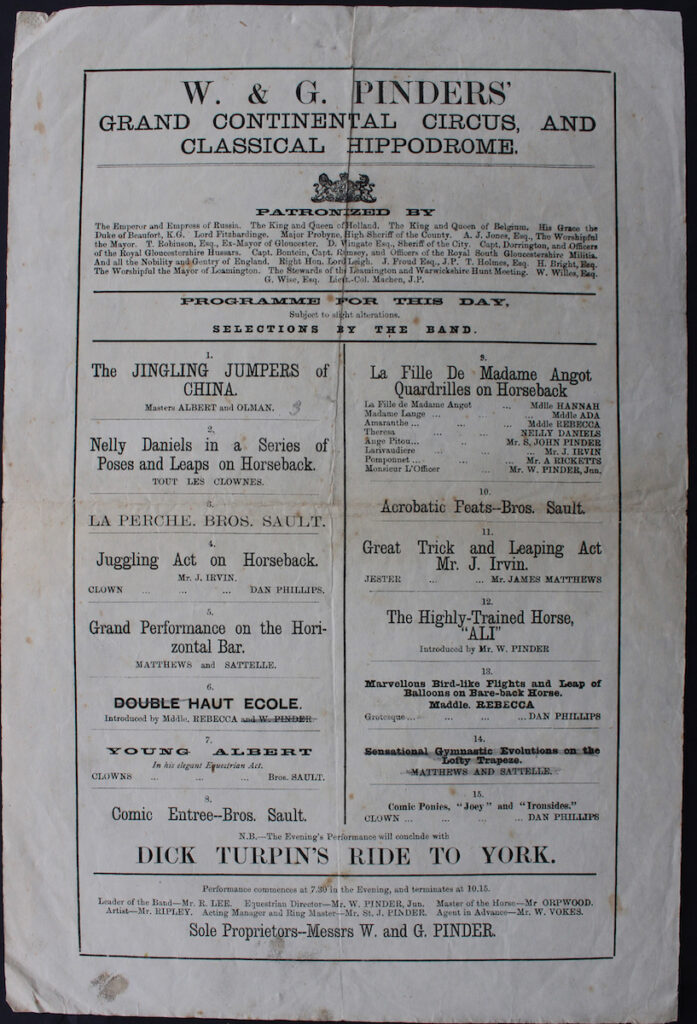
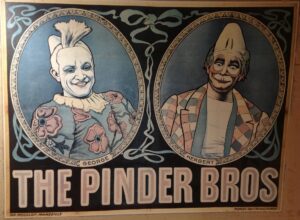
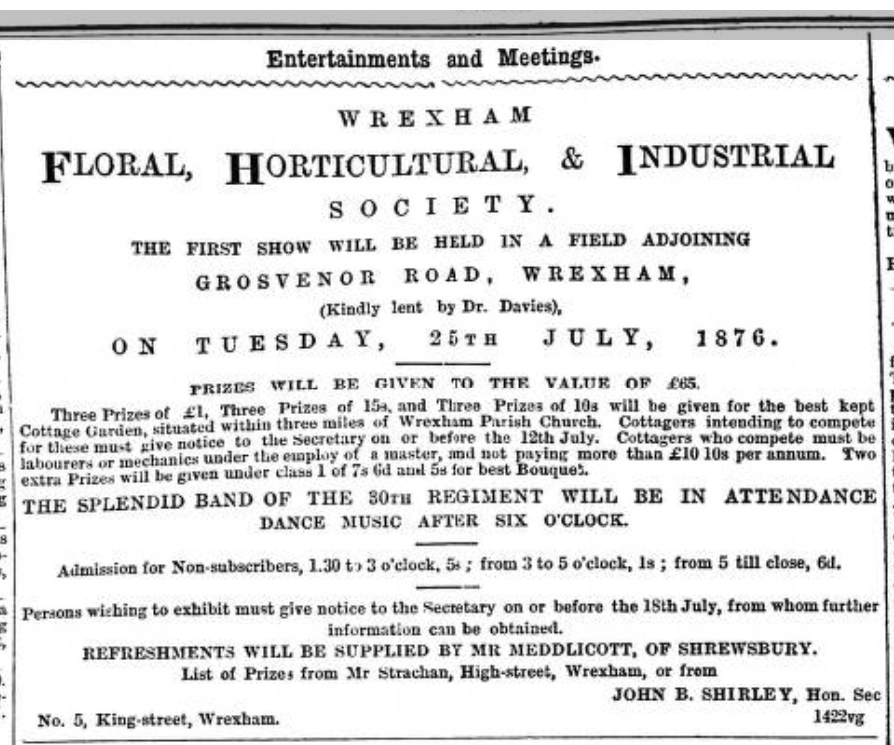
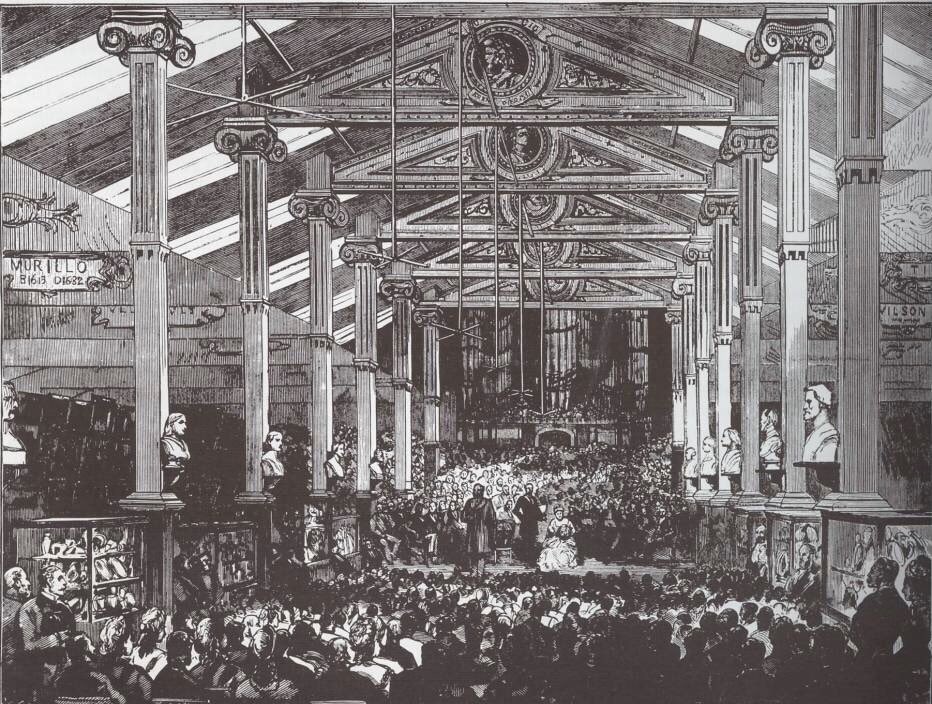
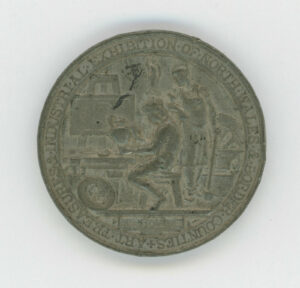
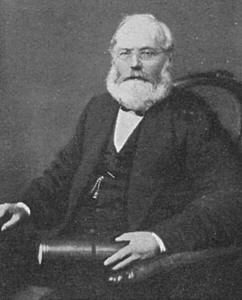
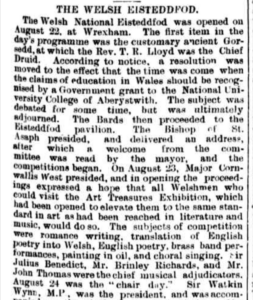
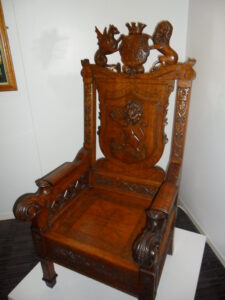
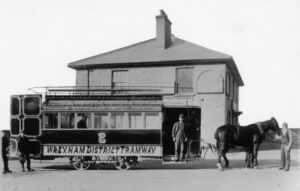
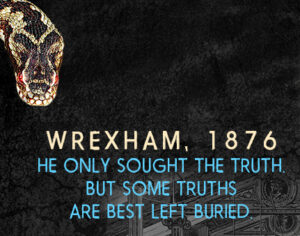
Leave a Reply